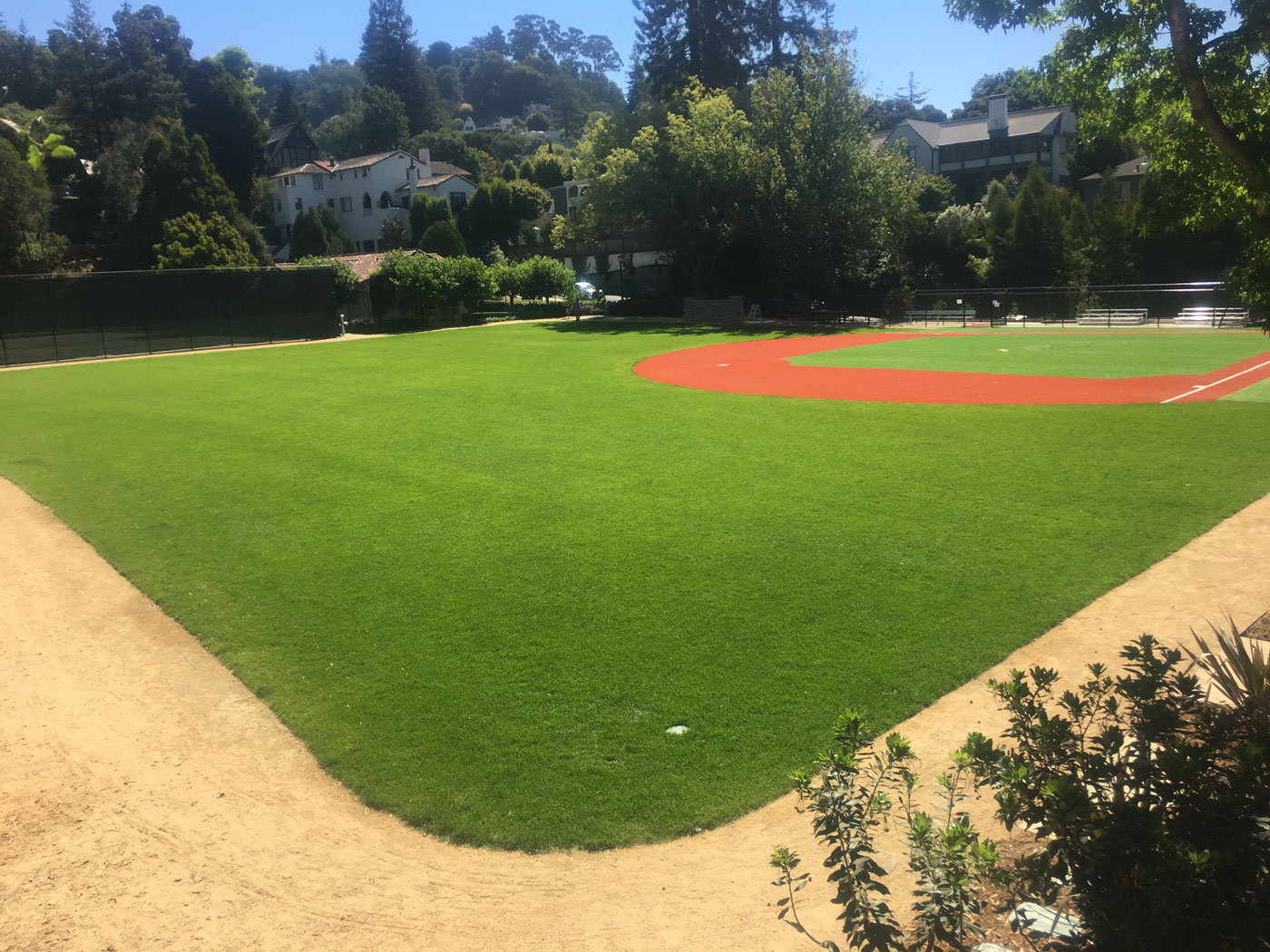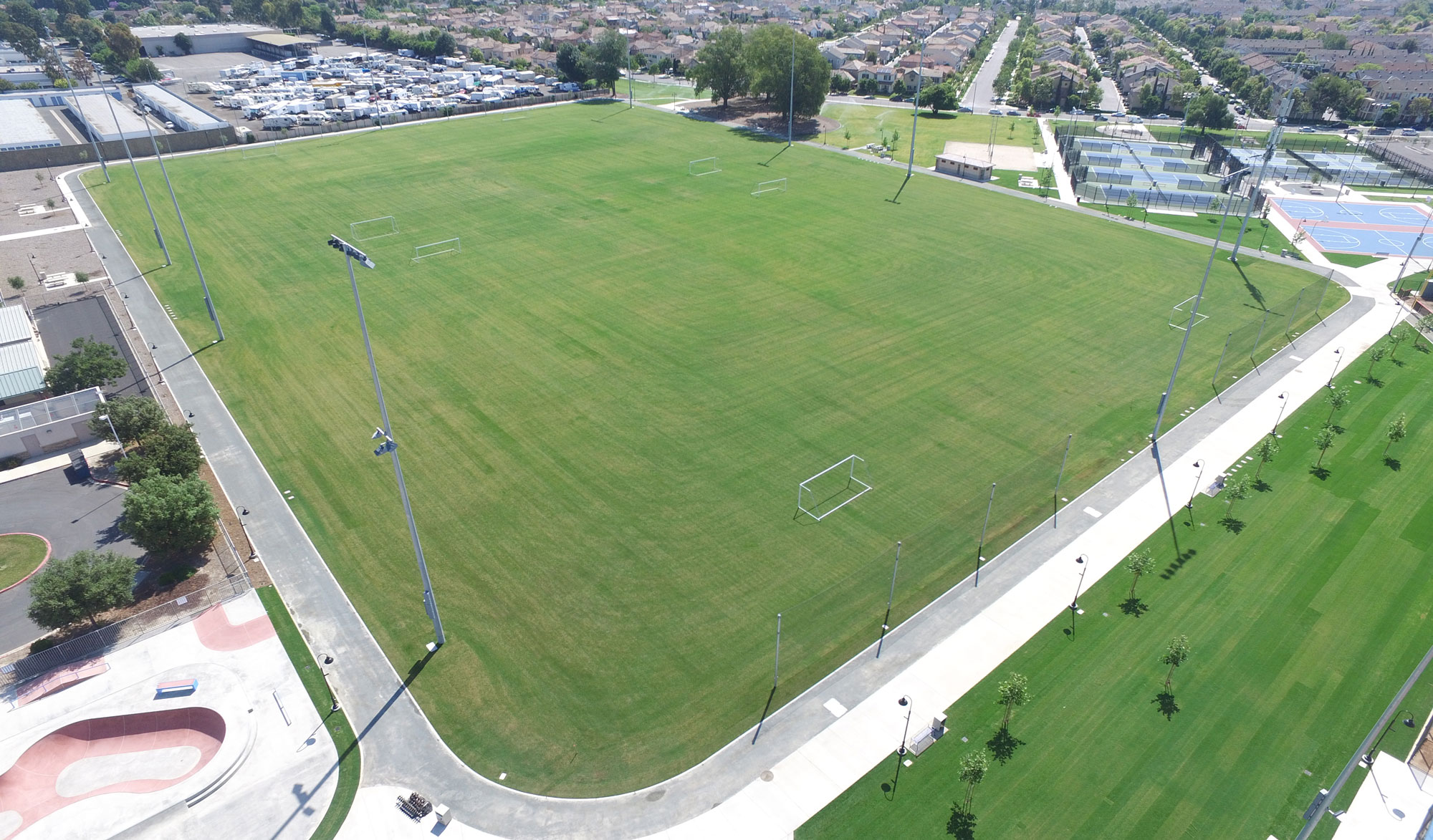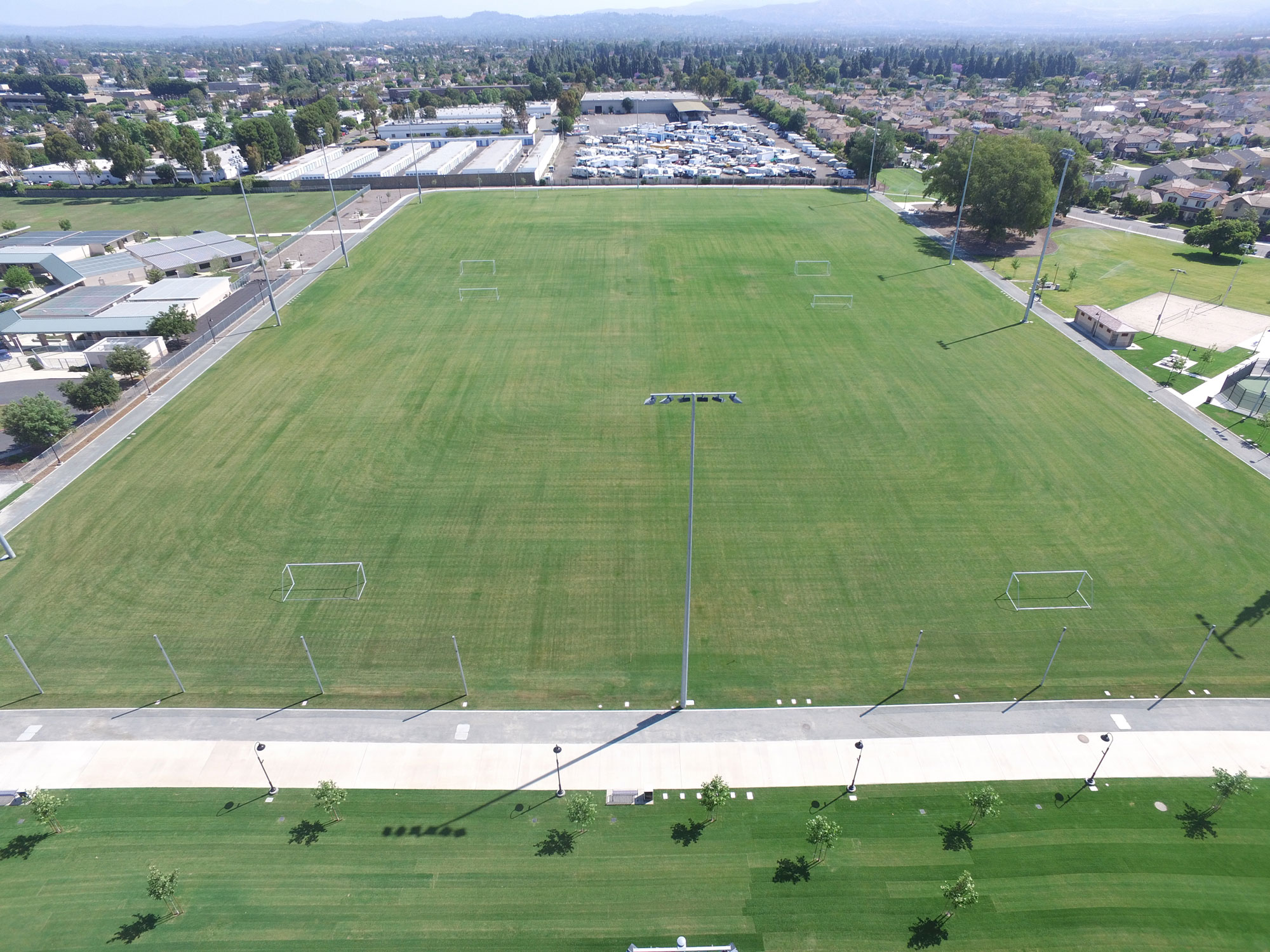Stepping back onto your field after being away from it for Covid-19 virus and you get the feeling of insurmountable work ahead of you. The anxiety sets in and frustration begins and you haven’t even stepped onto the field yet! What do you do? Where do you start?
The sole purpose is to provide some guidance on how to tackle this field management task at hand. This is not how to restore your field but simply put simply provide the steps to help get your field back.
Getting your field back after weeks of neglect can be done. It’s what we do with our Sports Field Solutions and as sports turf managers. Our sole purpose of our company when dealing with sports fields is to provide a safe and consistent playing surface.
It is imperative to communicate progress from the very beginning to end user groups and administration. The surface will not return to normal standards overnight and expectations will have to be calibrated. It will be a process that should be documented and reported out. Our recommendations are the following:
How is the footing?
Do areas need to be sodded?
Are there apparent irrigation issues?
Pull soil cores and check moisture levels. Are they consistent?
Scout the field for pests. Has the weed population increased in your time away from it? Is there disease present or signs of insects?
Take the soil temperature at that time. As a follow up take the soil temps first thing in the morning and then before you leave for the day to assess the temperature range. Do this consistently. It will help you understand what the roots are doing.
Grab a measuring tape and grab a quick measurement of the height of the grass.
It can afford to have soil analyzed chemically, do it.
Lastly take notes! You will need them later to make important ergonomic decisions.
Before
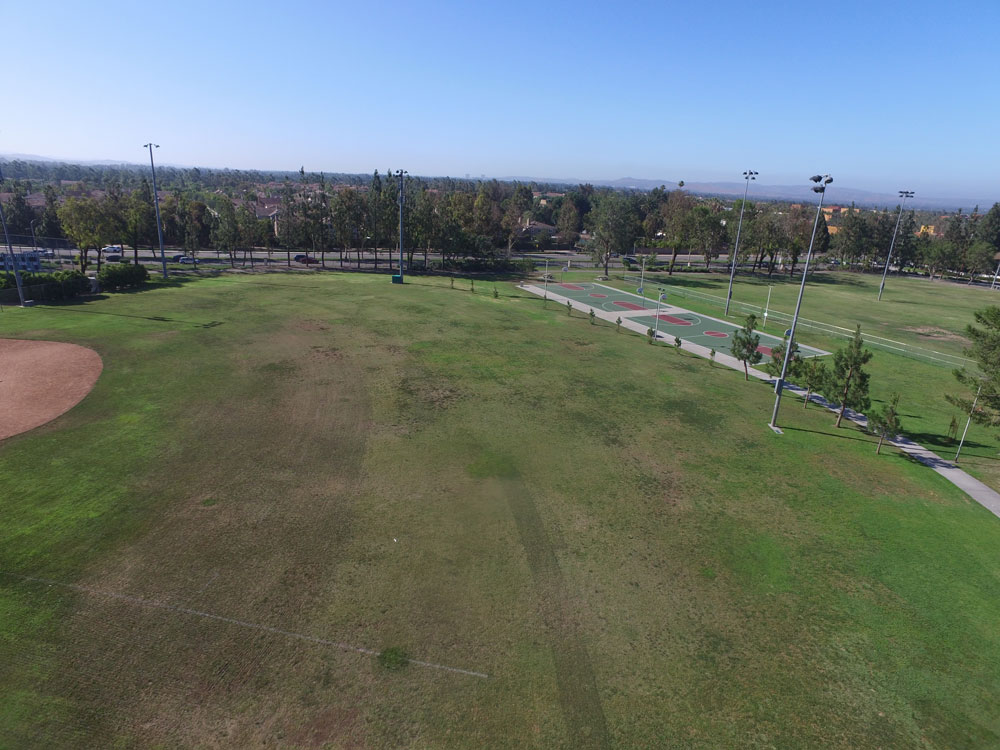
After
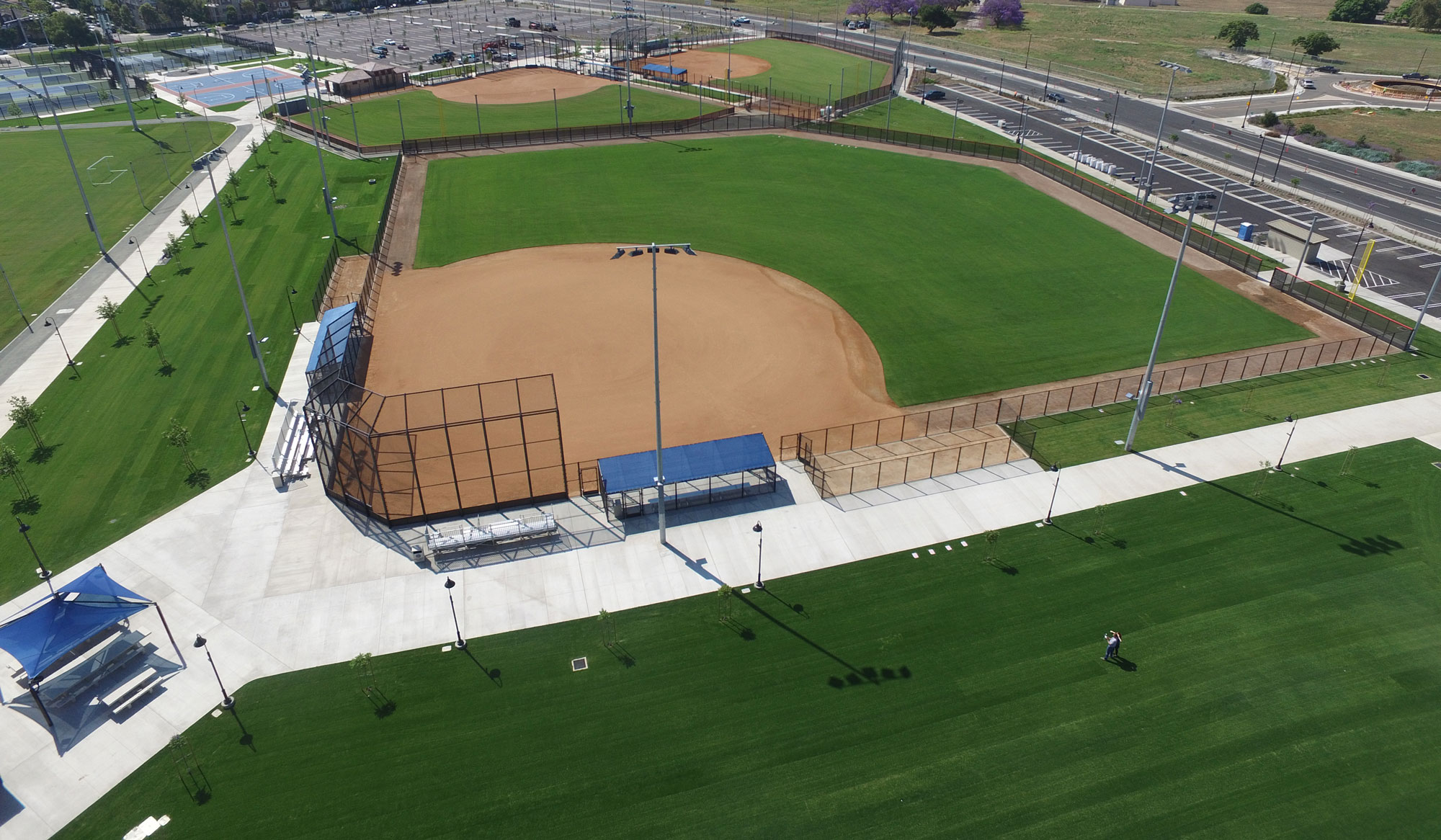
Now let’s get the field back!
The focus, in the beginning, will be plant health. Warm-season grasses emerge from the winter and do not reach maximum growth rate here in the Southern California area until late summer. A strong start for the warm season grass is essential for a healthy growing season. Most healthy turfgrass stands will outcompete weeds and disease so it is important to promote plant health.
Mowing:
Mowing or lack thereof will be the biggest issue with time away from fields. Make sure mower blades are sharpened and adequately adjusted and maintained. Do not try to restore original mowing heights at one time. Try to adhere to the 1/3 rule when removing leaf tissue. It will take time before your desired HOC is re-established. Be patient and remember plant health is imperative in restoring your field.
Before you engage the blades
If there is an inkling of disease on the field it will need to be identified. Will the disease spread with mowing? Most diseases will develop in turfgrass canopy, as it provides an ideal microclimate. The taller the grass the more canopy there is for disease to develop. The grass stand is stressed and HOC is tall at this point so the disease is possible if the proper conditions are present. See comments below in PEST MANAGEMENT about disease pressure at this time of year.
Sharpen your blades or back lap your reels. Whether you mow with a reel mower or a rotary mower, make sure your blades or reels are sharp. As mentioned, the grass is under stress already and mowing will stress it even more. If your cutting apparatus is dull you open yourself up to more disease pressure. Try your best to mow when the leaf blades are dry. Mowing the grass while the leaf blades are wet will increase your likelihood of spreading disease and will make a mess.
Know your HOC! Take the measurement you took of the height of the grass. Make sure your mower is set at that range. You do not want to take more than 1/3 of the grass blade off when mowing. Your first mow should be snipping the tips of the grass. The plan will be to drop the HOC gradually over time until you hit your intended HOC. As mentioned, this will take time.
Mowing is the single greatest stress on a turfgrass plant but it also the most important turf maintenance task in the spring. Mowing literally wakes up the grass from the winter. It removes dead tissue from the grass plant, exposing green tissue. This green tissue will attract the sun and promote photosynthesis. It also increases density in the plant which will reduce weed populations. The soil temps recorded will tell you how the growth rate of the grass as well as how often you need to mow it.
Walk the field and scout it for items that might affect the quality of cut or the performance of your mower. Nothing is worse than needing to cut the field and having a bolt, nail, etc. ruin your reels or blades when mowing is so desperately needed. This includes irrigation heads. Make sure they are to grade and you won’t clip them with the reels or blades.
Make the first pass and assess the HOC. Make sure to either blow, mulch, or sweep excess clippings off of the surface. Many times, a double cut in opposite directions will do the trick.
IRRIGATION
You can use deficit irrigation as a tool to regulate growth as needed with limited resources. Fortunately, Mother Nature has been helpful to almost everyone with later than normal precipitation, so stress due to lack of water should be considered. Before mowing the field, an irrigation check should be performed. Run an irrigation test cycle (3-4 min/zone) and take notes of any malfunction in the irrigation system.
A turfgrass stand is only as good as its irrigation system here in the arid southwest. The irrigation will no doubt be the single most important tool you have in your arsenal to get the field back through the growing season. Is the system functioning properly? Are there leaks? Do you have distribution uniformity problems? Address issues now. Do not wait.
After the first irrigation cycle on the field, assess how the field received the irrigation. Was there runoff? Did the field need more, or did it “drink” the cycle the way you had intended it to? Moisture sensors are a great tool these days to assess soil moisture vs. irrigation cycle times. You can always pull individual cores to see how much moisture made its way into the root zone.
WARM SEASON GRASSES
Warm-season turf is slower to wake up in spring than cool-season turf, usually not until soil temps reach and exceed 65F. Don’t try to push warm-season turf with fertilizer and irrigation until temperatures catch up for recovery or when there is play on fields to create wear. In general, fertilization is probably not needed until the resumption of activity unless you need to grow grass for recovery. Soil temps, regular irrigation as needed and mowing will get it going again.
FERTILIZATION
If you are growing for recovery and fertilization is needed I would recommend applying a slow release fertilizer. If you don’t know your fertility levels in your soil I would apply a product that has a 1 : 1 ratio of Nitrogen to Potassium. Your grass will appreciate the Potassium. Phosphorus would also help with root development, but most soils hang onto Phosphorus and are rarely deficient. I would apply the fertilizer at a rate of .5# of Nitrogen per 1000 sq. ft. This will allow for a spoon feeding that will not create a flush of growth that will be susceptible to scalping.
Be sure to assess the field after the first application. Take notes of how the grass responded. Remember in a granular application that the fertilizer is typically not available to the plant until 7 days after the application has been made.
CULTIVATION
Now is a great time for cultivation if resources permit. Oxygen in the soil will help the recovery effort and prepare the soil for any future programming the field will endure. A verticut will help with water management and help the grass grow laterally.
If you can schedule an aeration or verticut into your workload it will help your field endure the warmer months. If a decision is made to verticut or aerate I would wait until you have your field at a consistent HOC and you are scheduling routine irrigation cycles that are effective.
PEST MANAGEMENT
It’s late for pre-emergent control of summer annuals but some products like Dithiopyr can still be successful for crabgrass control. Post-emergent applications are best for weeds that have already emerged.
If there is a possible disease it is likely not necessary to treat with fungicides. Practice good water management and with the growing season ahead of us you should grow out of it.
If evidence of disease or unusual stressed areas persist, use your network of turf management options to assist. Contact your local network of turf managers, consultants and/or Sales Reps. for assistance in proper diagnosis; or send in photos and samples for diagnosis to the appropriate extension service or labs. It is likely other local turf managers in your area are experiencing the same or similar issues, and any possible most economical and efficient control measures can be shared.
GENERAL THOUGHTS
Revenue. The financial implications on the parks and recreation and hospitality industry are alarming. We will most likely see the effects from this time for years to come. Once we are able to start using athletic fields again my gut tells me they will be used heavily. Maintenance will most likely take a back seat to any revenue-generating activity on the field.
It is important to keep the revenue (and how badly companies need it) in mind as your fields are being scheduled. Ask to be involved in the decision-making process about field usage and be ready with information if you are asked to provide it. Take advantage of time you have to prepare your fields for the usage they are about to get.
Shipping/Freight. Once things start to open back up businesses are going to need supplies. This will put a strain on shipping. Things that usually took 1 week to procure could take much longer. Think ahead. What do you need in August? Can you order it now?
Limited Resources. No doubt with the loss of revenue that expenses will need to be cut. This will include labor and supplies. Know how much it costs to maintain your field(s). What can you cut back on to save costs? Be prepared to draft business plans for your field(s). You are the subject matter expert and an advocate for your field.
Change. No doubt that things will be different from here on out. We will see constant change from the pandemic for years to come. Stay steady, patient and empathetic. No one has dealt with this type of thing before! We are all figuring it out together in our respective roles.
SoCal STMA. If you’re having a problem or concern, contact your other local turf managers, consultants, or Sales Reps to see what they are doing to confront similar problems. We are all in this together. As mentioned at the beginning of the article- getting a field back after weeks of neglect can be done. It’s what we do as Sports Turf Managers- nobody else can do it as well.
Pictures can be sent to [email protected]. EcoFert is here to help you identify strategies to address any agronomic obstacles you face this growing season. Let get your Field Back!
You May Also Enjoy..
Ecofert Initiates Program at Desert Memorial Park
EcoFert, Inc. is excited to welcome Desert Memorial Park (Park) of the Palm Springs Cemetery District (District) as a new client. The Park, which opened in 1956, is an iconic location; being the last resting place of such luminaries as Frank Sinatra and Sonny...
Yucca Valley Project Announcement
New & Notable ProjectsEcoFert, Inc., the leading full service provider of organic based soil amendments applied through fertigation delivery systems installed and maintained by the company, is proud to welcome the City of Yucca Valley as a new client. EcoFert has...
What are wetting agents and how can they improve your field’s health?
ResourcesWetting agents are common tools we use for the purposes of conserving irrigation water and/or managing soil water repellency. If you manage a field, you know how important it is to keep the grass healthy and green. One way to do this is by using wetting...

